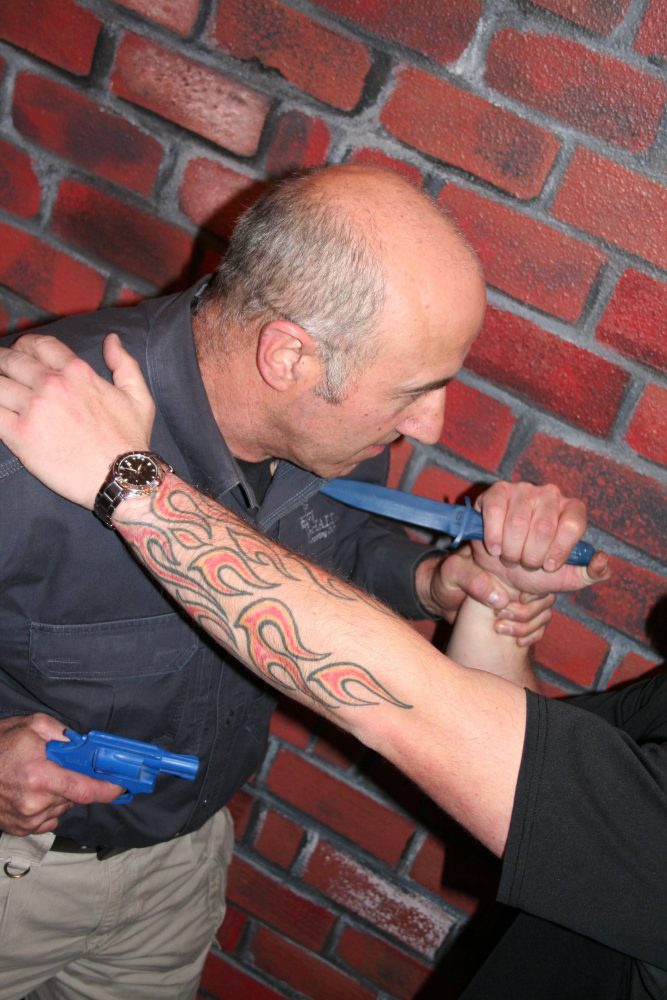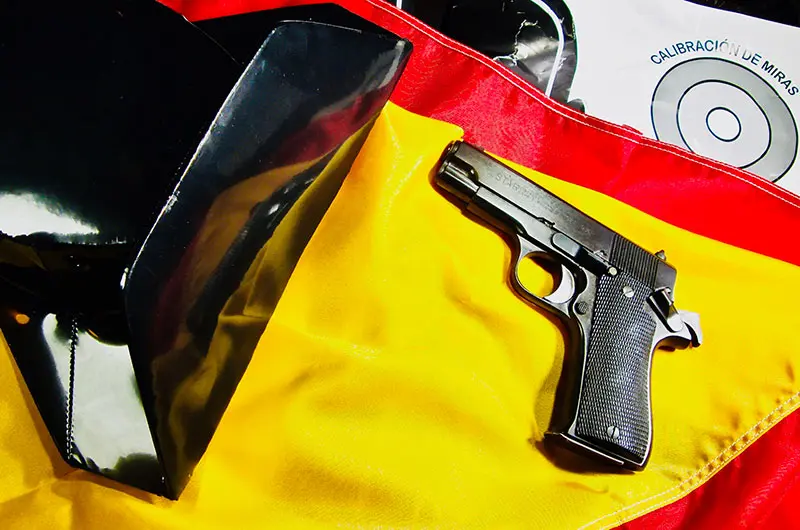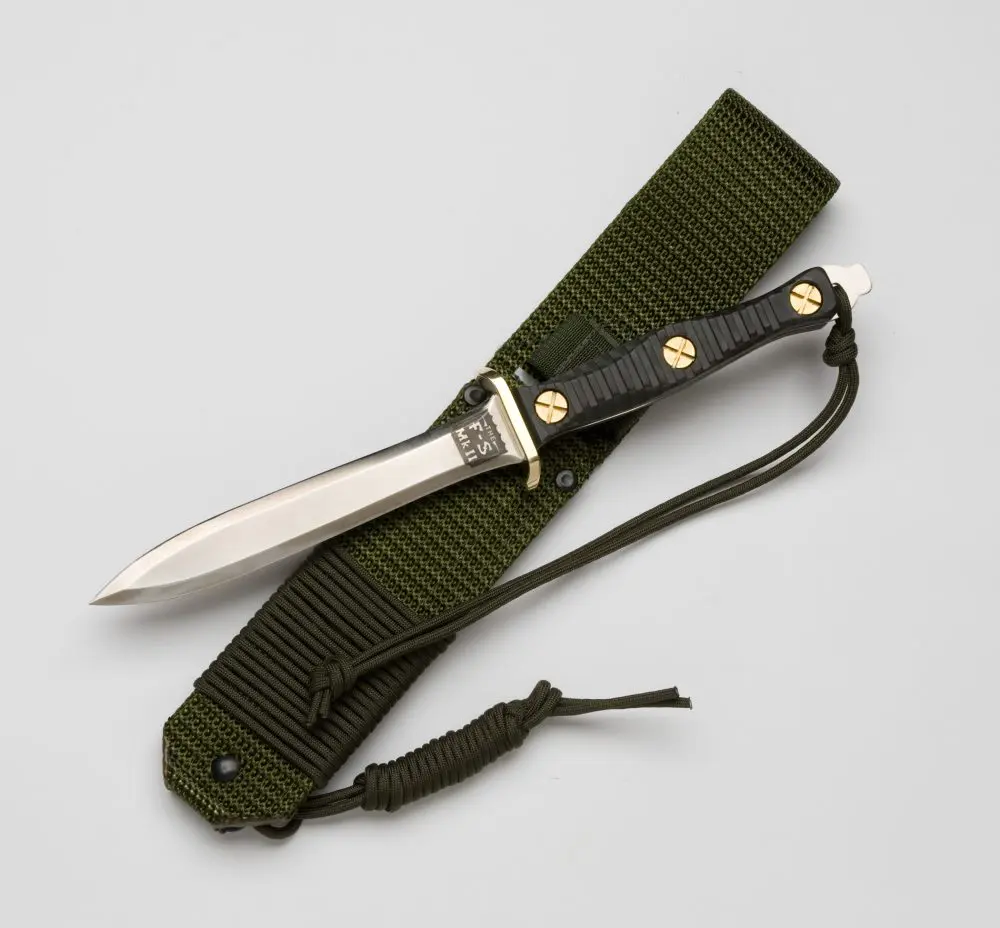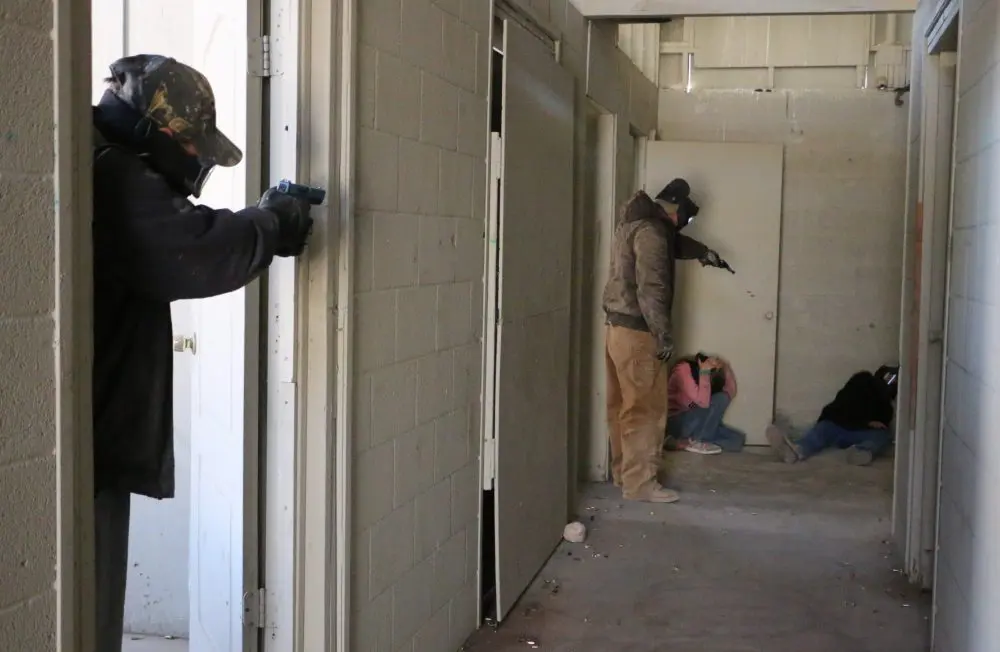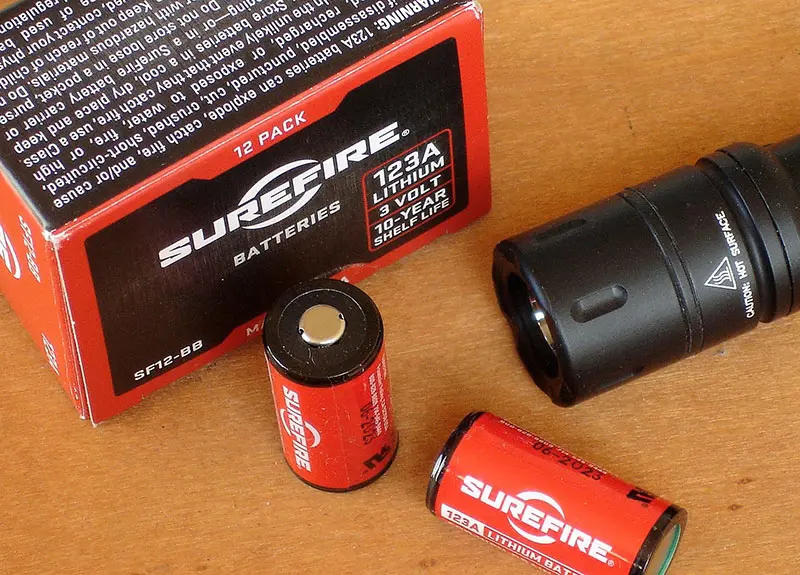How many rounds from your gun will it take to stop a lethal threat? Is it reasonable to expect a single round to stop the danger? What is the goal each time you press the trigger?
When you ask these questions in a room full of “gun people,” they usually focus on the last question and you most often get agreement at either “hit the target” or “stop the threat.” Hitting the target is a good answer, but it is a target-shooting concept and may not be enough in a survival situation. If your target is wearing hard body armor and you’re shooting a .25 ACP, you may not achieve anything by “hitting your target.” Granted that is an extreme example, but we have to try to have as universally applicable a goal as possible each time we pull the trigger.
Snap shot to the leg against knife-weilding assailant may be Combat Accurate.
“Stop the threat” might sound good at first, but we know that this is not a reasonable expectation from a single bullet, especially a pistol bullet. Think about how you answered the second question at the top of the article.
A reasonable goal for any defensive shot is Combat Accuracy. Combat Accuracy is defined as “Any shot that significantly affects the target’s ability to present a lethal threat.” A couple of examples:
A man pulls a knife out of his pocket and starts moving toward you from across the room, saying, “I’m going to kill you!” You recognize the threat, move laterally while drawing your pistol, but instead of completing a proper presentation, you angle the gun out of the holster, start to sweep up and shoot early out of fear. The round goes into the threat’s leg … he falls and drops the knife. Guess what? Your shot, which was textbook wrong in at least a couple of ways, was still combat accurate.
With a hostage in front of the bad guy, more precision is obviously needed.
Now, picture the same guy, but this time, he is right next to you when he pulls out the knife and brings it immediately up to your neck and knocks you down, pinning you to the floor. You block the stab with your hands, but realize that he is stronger than you and the knife continues to move toward your throat. As you continue to hamper the motion of the knife into your neck with your weak hand, you draw your pistol and feel the knife cutting slowly into you. At this point, that same shot in the leg may not significantly affect the target’s ability to complete the driving of the knife into your throat—in fact, you may need to shoot the threat through the brain to get the action to stop in time.
These two examples are extremes in terms of the need for precision, but they are the ones I use in class to demonstrate the idea of how we are really only interested in the end result of any particular shot. Even if a shot misses the threat, but causes him to cower, drop his weapon, stop his assault or give up, the shot must be deemed Combat Accurate, according to the definition. This is hard for some people to get their heads around. The idea that a “hit” can potentially do nothing and a “miss” can achieve a goal may be counter-intuitive to tactically minded gun owners, but they are facts.
With a knife about to be thrust into the defender’s subclavian artery, abdominal shot to the assailant is probably too little, too late.
In training mode, we have to have some target area on the paper, mannequin or steel that we are shooting. Looking at the body of empirical evidence from real critical incidents, we can say that most of the time a shot to the high center chest will significantly affect the target’s ability to present a lethal threat. In training, that means that most of our shots should be directed toward this Combat Accurate area, understanding that any hit in this region is equal to any other, and the more we can get in the shortest amount of time, the better. This is another important concept: One small knot of holes all touching one another in the center of a silhouette target probably means that shooter was going too slow. Specialty targets (hostage situations, threats behind cover, etc) and scenario training can augment this focus on the high center chest for extreme situations like those described above. By understanding Combat Accuracy, most shooters will be able to shoot faster by not overemphasizing concepts that come from target shooting and therefore prepare themselves to stop threats faster in a real incident.
In the real world, it is vitally important to be constantly assessing the results of your shots on the threat. Luckily, most dynamic critical incidents occur at close ranges, where the brain’s natural instinct to focus on the threat doesn’t have to be fought against, and hits can be achieved efficiently using good shooting fundamentals.
Understanding the actual goal of each round you are firing makes it clear that you need to be prepared to fire as many shots as it takes. Putting that concept into a practical setting and training realistically is incredibly important. If every round you fire is Combat Accurate, you will stop your threat more efficiently and, therefore, be safer.



